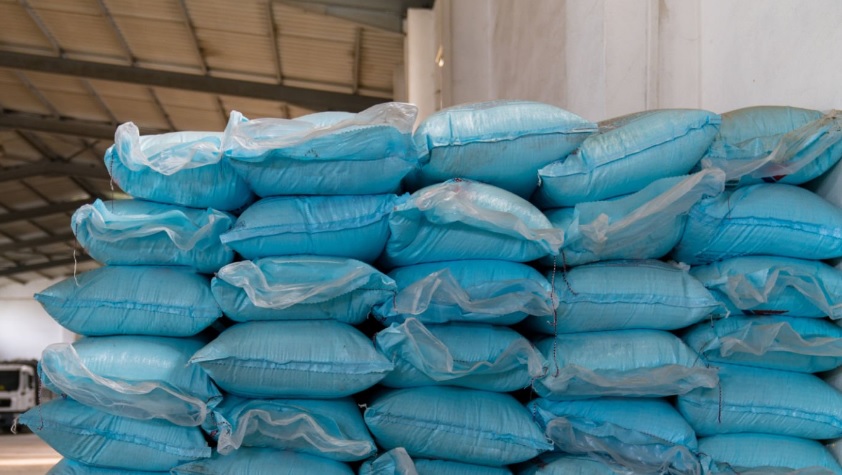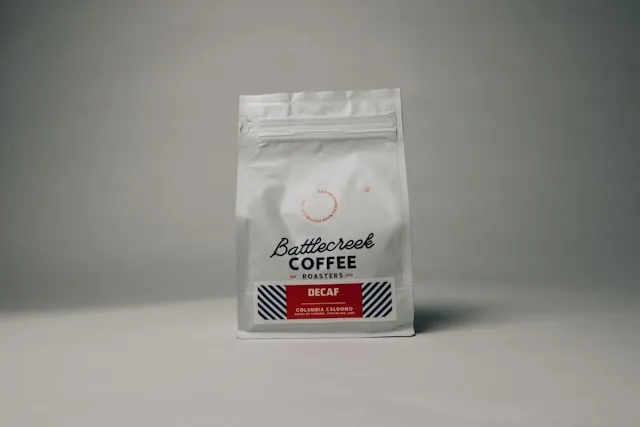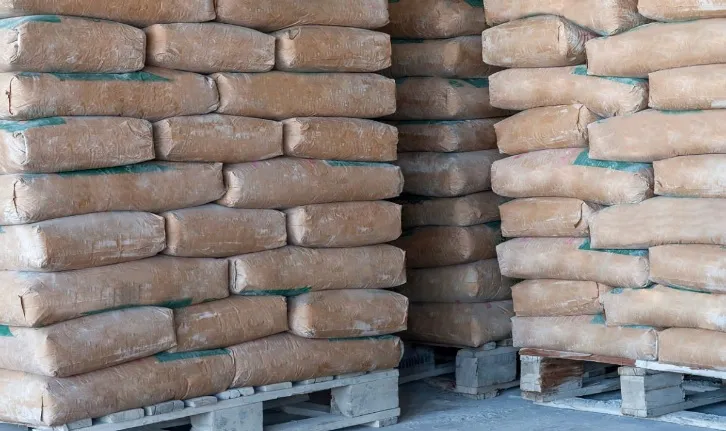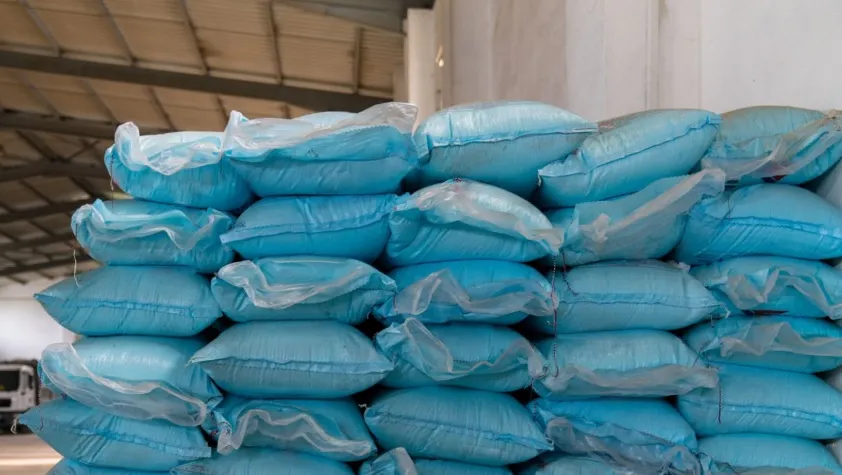As environmental protection and sustainable development become increasingly important, choosing the right packaging materials is crucial. Paper bags and polypropylene bags are two popular types of packaging, widely used in various industries, and they raise many questions and considerations. The choice between them is not simple and requires analysis from different perspectives, such as durability, environmental friendliness, application, cost, and aesthetics.
Paper Bags vs. Polypropylene Bags – Which Solution to Choose?

What Are the Material Differences Between These Bags?
Paper bags are made from natural cellulose fibers, making them an organic and more eco-friendly product compared to polypropylene bags. While their production process also involves the use of energy and raw materials, it is considered less harmful to the environment if responsible sourcing of raw materials is employed. On the other hand, polypropylene bags, which are synthetic, are made by processing petroleum, a process that is more energy-intensive and less eco-friendly. This makes it essential to weigh the pros and cons of both materials regarding their environmental impact when making a decision between the two options.
What Are the Practical Properties of These Bags?
Paper bags have good user properties such as moisture absorption, making them ideal for storing plant-based items or bulk products like flour or grains that require ventilation. Additionally, paper bags are easy to recycle and biodegradable, which becomes a deciding factor in many industries. However, it is worth noting that their strength is limited. They may lose their properties and become damaged when exposed to moisture, making them less suitable for packaging heavy or wet products.
Polypropylene bags, on the other hand, offer excellent resistance to mechanical damage, are waterproof, and more flexible. The fact that they can be easily adjusted to different shapes and sizes makes them a more versatile solution. However, their material makes them less eco-friendly, and their recycling process is more complex. Polypropylene bags can remain in the environment for a long time, negatively affecting the ecosystem.
What Are the Aesthetic and Marketing Options for These Bags?
When it comes to marketing campaigns and the visual representation of a brand, the differences between paper bags and polypropylene bags become even more apparent. Paper bags, due to their natural, raw texture, are often seen as more elegant and visually pleasing. Their ability to be printed or adorned with various graphics fully reflects the brand’s philosophy, which is why they are popular among producers of organic food, eco-friendly products, or natural cosmetics. However, their aesthetic appeal can be limited by their vulnerability to damage.
Polypropylene bags offer more options in terms of color, graphics, and finishing. They can be produced in virtually any color and pattern, making them highly visually appealing. Thanks to their strong construction, they are excellent for showcasing products that need to be clearly visible to consumers. High-quality polypropylene bags can look professional and give a sense of modernity. They are often seen in retail as shopping bags, making the attractive appearance of these bags crucial.
What Are the Production and Purchasing Costs for Each Type of Bag?
The costs associated with producing and purchasing paper and polypropylene bags are another important factor to consider. Paper bags, due to their origin and production process, are typically more expensive compared to polypropylene bags. High-quality paper, eco-friendly production methods, and potentially higher transportation costs contribute to the final price of these packages. For many small and medium-sized businesses looking to minimize costs, this may be a significant argument against choosing paper bags.
Polypropylene bags, on the other hand, are generally cheaper due to lower material costs and larger-scale production. Their durability and flexibility explain their increasing popularity in the market. The industrial production of polypropylene bags is becoming more automated, which reduces unit costs and enables competitive pricing, which can be a key advantage for suppliers and retailers.
What Environmental Impact Do These Solutions Have?
Environmental sustainability is a key element in the debate between paper and polypropylene bags. Paper bags can be made from recycled materials or renewable resources, giving them a significant advantage in terms of environmental protection. Their biodegradability makes them much more nature-friendly, which for many consumers is a key factor in deciding which product to choose. Given the increasing environmental awareness and consumer preference for sustainable products, paper bags may be a better alternative.
However, it’s important to note that the production and use of polypropylene bags must also be considered in a broader context. Polypropylene, while created from fossil fuels and not biodegradable, can be recycled, allowing for its reuse. As recycling techniques continue to develop, polypropylene bags are increasingly gaining importance as an alternative. Finding a balance between ease of use and adapting to sustainable development is a challenge that both consumers and producers face.
How Does Practical Application Affect the Popularity of These Bags?
Both paper and polypropylene bags are widely used in various industrial sectors. Paper bags dominate the food industry, where they are used for packaging food, flour, grains, and as shopping bags. They are ideal for products that require ventilation and cannot be exposed to water. We are currently observing the growing popularity of eco-friendly paper bags in retail, as the sector recognizes the need to adapt to customer expectations, which are increasingly focused on environmental protection.
On the other hand, polypropylene bags have applications in many production industries. The construction industry, gardening, transport, and logistics – everywhere high durability, resistance to damage, and water resistance are needed, these bags become the first choice. Additionally, their affordability and versatility make them widely used as shopping bags, which further increases their presence in daily life.
What Are the Development Trends and Future of Both Types of Bags?
The future of paper and polypropylene bags seems closely tied to growing environmental awareness and changing consumer preferences. Increasingly, manufacturers are focusing on eco-innovation and the development of alternative materials that combine the best features of both types of bags, such as biodegradability and durability. The broad discussion about packaging materials is ongoing, and changes in laws and regulations could strongly impact the future of the market.
As production and recycling processes evolve, both paper and polypropylene bags could become more sustainable solutions. It is crucial for both consumers and businesses to consider the impact of their choices on the environment and strive for a conscious approach to packaging and product use, paying special attention to the changes their choices bring to daily life and the world around us.



